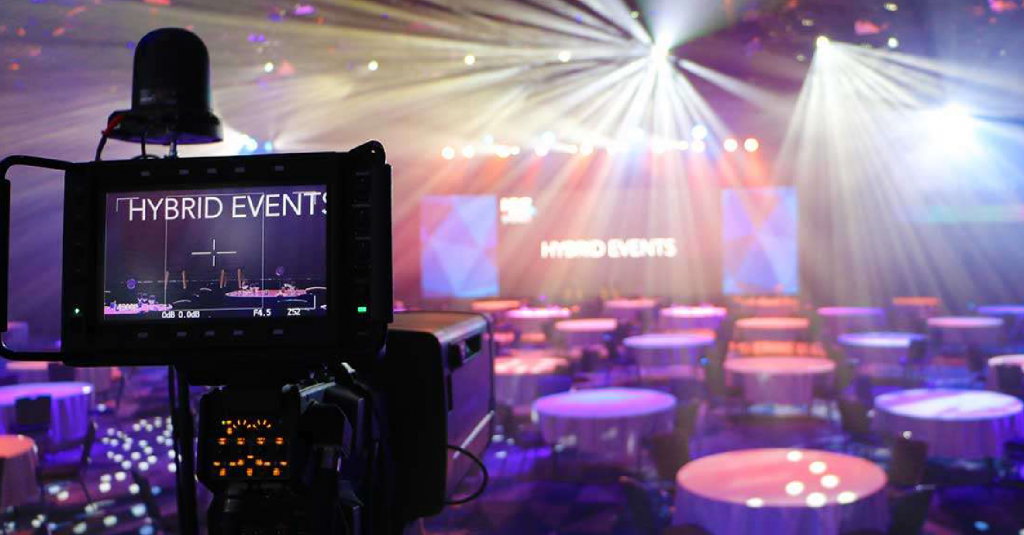Comprehensive Event Services from Your Event Source Charlotte to Fit Your Needs.
Comprehensive Event Services from Your Event Source Charlotte to Fit Your Needs.
Blog Article
Why Occasion Resource Solutions Are Important for Smooth Event-Driven Designs
In the realm of contemporary software program advancement, event-driven designs are increasingly prevalent, yet their performance hinges on the implementation of durable occasion source options. As markets change towards real-time information processing, comprehending the effects of event sourcing becomes essential.
Understanding Event-Driven Designs
Event-driven architectures (EDAs) represent a paradigm change in developing software program systems, where the circulation of information is identified by the occurrence of occasions. This architectural style advertises a decoupled approach, allowing different parts to interact asynchronously. In EDAs, occasions work as the main ways of interaction, setting off processes or operations in response to specific events, such as user actions or system modifications.
The key components of an EDA consist of occasion manufacturers, which create events; occasion consumers, which react to occasions; and event networks, which assist in the transmission of occasions between manufacturers and consumers. This framework enhances system responsiveness and scalability, as parts can separately process events without the requirement for simultaneous communication.
Additionally, EDAs make it possible for real-time information handling, making them suitable for applications requiring immediate understandings-- such as fraudulence discovery in economic systems or keeping an eye on IoT tools. They likewise sustain a more active growth setting, enabling teams to repeat quickly and deploy new attributes with very little disturbance to existing solutions.
The Function of Occasion Resource Solutions
While various components in an event-driven style rely upon effective communication, occasion source services play a critical function in creating and handling the circulation of occasions. These services act as the initial point of occasion development, recording adjustments in state or user actions and equating them into events that can be circulated with the system.

Moreover, they assist in the decoupling of producers and consumers within a design, enabling systems to scale separately. This decoupling is essential for enhancing system resilience, as it lessens dependencies that might otherwise result in bottlenecks or solitary factors of failure.
Advantages of Real-Time Data Handling
Real-time data handling considerably improves the capacities of event-driven designs by allowing instant insights and activities based on the most recent information (your event source charlotte). This immediacy not only increases decision-making yet also enhances the importance and accuracy of those choices. Organizations can react to events as they occur, reducing latency and enhancing index operational dexterity
Among the main advantages of real-time information handling is the capacity to record and examine information continually. This promotes home proactive steps instead than responsive actions, allowing businesses to prepare for trends and prospective issues before they intensify. In fields such as financing or shopping, real-time analytics can recognize deceptive deals or customer behavior changes, permitting swift treatments that alleviate danger and optimize customer contentment.

Eventually, the combination of real-time data handling right into event-driven architectures encourages companies to harness the complete capacity of their data, driving advancement and competitive benefit in an increasingly vibrant market.
Enhancing System Communication
Efficient interaction between systems is critical for the success of any event-driven style. Occasion source solutions facilitate this interaction by offering a durable structure for recording and transmitting occasions in actual time. By standardizing exactly how systems generate and consume events, these solutions get rid of obscurity and foster interoperability, permitting diverse systems to interact seamlessly.
The use of event streams allows systems to react quickly to adjustments, making certain that all components are aligned and informed. This responsiveness is crucial in environments where prompt data exchange straight impacts decision-making and total system efficiency. Furthermore, occasion source options supply devices for occasion filtering system, improvement, and routing, boosting the effectiveness of information flow between systems.
In addition, by implementing a publish-subscribe model, occasion source solutions decouple system parts, permitting greater adaptability and scalability. This decoupling indicates that systems can progress independently, making it simpler to integrate new functionalities or change existing components without disrupting total communication.
Future Fads in Occasion Sourcing


An additional substantial pattern is the increase of cloud-native occasion sourcing solutions. These platforms take advantage of the scalability and versatility of cloud infrastructure, allowing companies to successfully take care of and keep vast quantities of event data without the overhead of Check Out Your URL conventional systems. This change promotes higher availability and partnership throughout teams.
In addition, the fostering of microservices architecture is influencing occasion sourcing methods. As businesses progressively sector their applications into smaller, independent solutions, event sourcing gives a robust system to preserve information uniformity and stability throughout these distributed systems.
Conclusion
Finally, occasion source remedies work as an essential foundation for seamless event-driven styles, making it possible for effective event generation and administration. By helping with asynchronous communication in between components, these services enhance system durability and advertise the independent evolution of services. The advantages of real-time data handling and enhanced system interaction highlight the relevance of embracing occasion sourcing approaches. As the need for robust dispersed systems rises, the relevance of event source options will certainly proceed to grow, shaping the future of event-driven layout.
Report this page